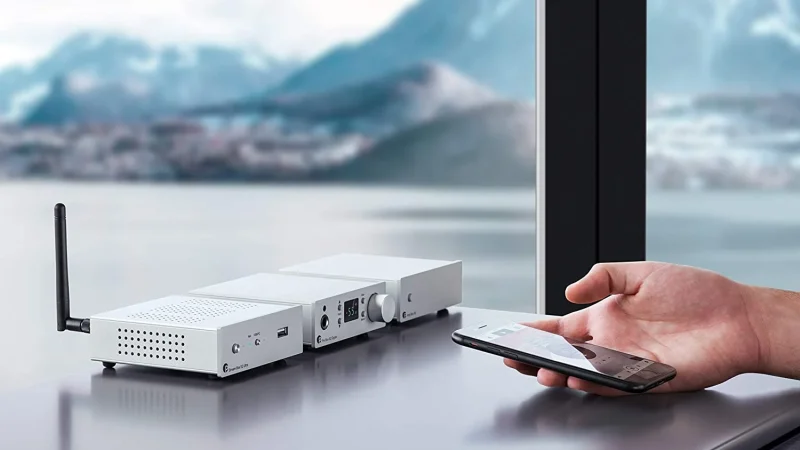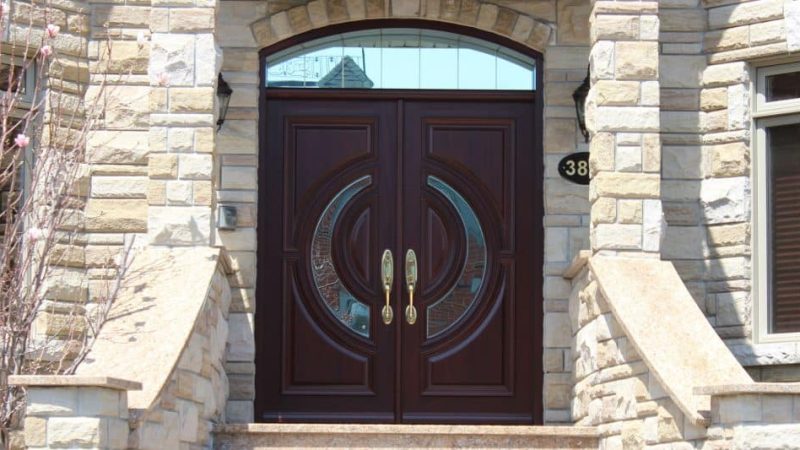4 Types of UPVC Windows: Which One is Right for You?

Selecting the perfect windows for your home has become easier thanks to the growing popularity of UPVC windows, known for their durability, energy efficiency, and minimal maintenance needs. Yet, considering the available UPVC window types, determining the ideal fit for your requirements may require some time. This article will delve into the four primary UPVC window types, offering insights into their features, advantages, and appropriateness for various spaces. When you finish reading, you’ll be well-prepared to decide which UPVC window suits you best.
Types of UPVC Windows
Casement Windows
Casement windows are one of the most common and versatile UPVC windows. Casement windows are hinged on one side and open outward like a door. This design makes them an excellent choice for homes with limited space or those seeking maximum ventilation.
Benefits:
- Excellent ventilation
- Energy-efficient
- Easy to clean and maintain
- Versatile design
Casement windows provide superb versatility, energy efficiency, and low-maintenance options. They are ideally suited for installation in bedrooms, living rooms, and kitchens.
Sliding Windows
Sliding windows, or slider windows, are designed to open horizontally. They are a great choice for tight spaces where a swinging sash might need to be more practical.
Benefits:
- Contemporary and minimalistic look
- Smooth and easy operation
- Great for unobstructed views
- Space-saving design
Sliding windows are perfect for smaller rooms, such as bathrooms and hallways, with limited space, but you still want ample natural light.
Double-Hung Windows
Double-hung windows consist of two sashes that slide vertically within the frame. They are a classic choice for many homes, offering a timeless look that suits traditional and modern architectural styles. Opening the top and bottom sashes independently provides excellent control over ventilation. Double-hung windows are easy to clean because both sashes can tilt inward. This design is ideal for those who want to balance aesthetics and practicality.
Benefits:
- Timeless and versatile design
- Independent control over ventilation
- Easy to clean
- Suits various architectural styles
Double-hung windows are a great fit for bedrooms, living rooms, and areas where you want the option to control airflow and maintain a classic appearance.
Tilt and Turn Windows
Tilt and turn windows offer a unique combination of versatility and functionality. They can be tilted inward at the top for controlled ventilation or swung open like a casement window for maximum airflow. Tilt and turn windows are known for their superior energy efficiency and security features, making them a preferred choice for homeowners seeking the best of both worlds.
Benefits:
- Versatile design with two opening options
- Exceptional energy efficiency
- High-security features
- Easy to clean and maintain
Tilt and turn windows are suitable for various spaces in your home, including bedrooms, living rooms, and even ground-floor areas where security is a concern.
Which UPVC Window is Right for You?
Choosing the right UPVC window type for your home depends on your needs, style preferences, and the spaces you want to enhance. Window companies Watford are readily available to provide guidance and assist in selecting the perfect UPVC window for your specific requirements. Here are some factors to consider:
- Aesthetics:Think about the overall look of your home and which window design complements it the best. For traditional homes, double-hung windows might be a suitable choice, while modern homes may benefit from the sleek design of sliding windows.
- Functionality:Consider the purpose of the window. Sliding or casement windows could be ideal for a room with limited space. Double-hung or tilt-and-turn windows might be more suitable for superior ventilation control.
- Maintenance: If ease of cleaning and maintenance is a top priority, casement and tilt and turn windows are excellent options, as they allow easy access to both sides of the glass.
- Energy Efficiency: All UPVC windows offer good insulation, but if energy efficiency is crucial for your home, consider tilt and turn windows, which are known for their exceptional performance.
- Security: Tilt and turn windows provide advanced security features for ground-floor rooms or areas where security is a concern.
Conclusion
Within the realm of UPVC windows, a universal solution is needed. The four primary varieties – casement, sliding, double-hung, and tilt and turn – each present distinct characteristics and advantages tailored to diverse requirements and preferences. To ensure the ideal selection, consider the aesthetic appeal, operational capabilities, upkeep requirements, energy efficiency, and security considerations that hold the utmost significance for you and your dwelling.
Choosing the right UPVC window type can enhance your home’s beauty, comfort, and energy efficiency.






